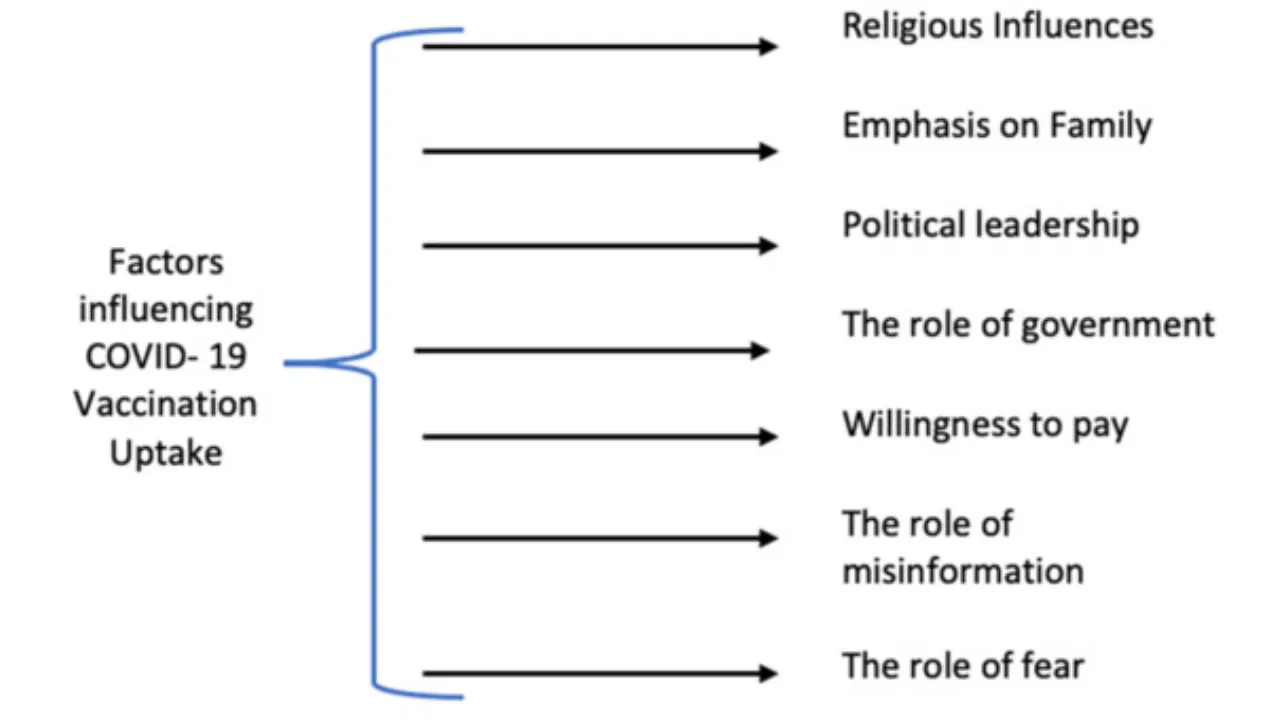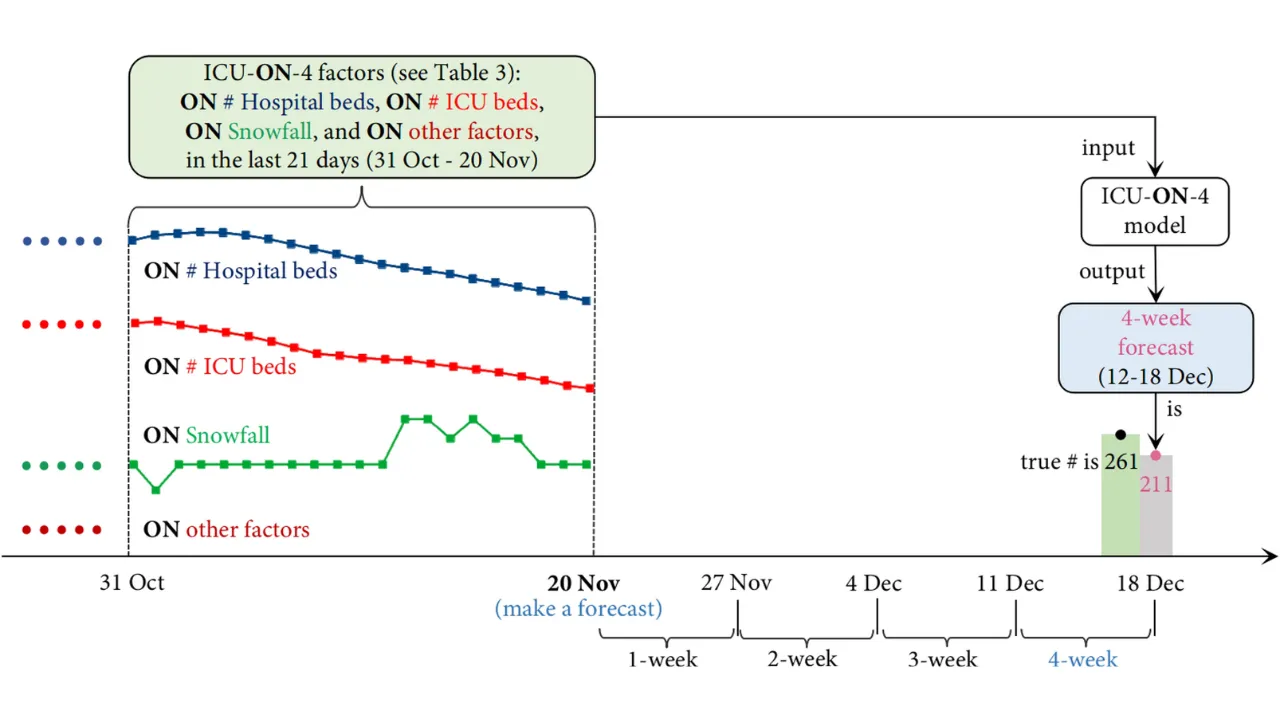5 Common Mistakes to Avoid While Investing in SIPs: In today’s fast-paced financial world, where everyone’s chasing returns and trying to beat inflation, Systematic Investment Plans (SIPs) have quietly become the go-to tool for millions of investors. They’re easy, disciplined, and work like clockwork — helping you grow wealth, one month at a time.
But even the most reliable financial tools can fail you if you don’t use them right. Many investors step into SIPs without understanding the dos and don’ts, and that’s where things start to fall apart. From investing blindly to ignoring their portfolio’s performance, people make mistakes that cost them time, money, and peace of mind. So, let’s walk through the 5 Common Mistakes to Avoid While Investing in SIPs, and how fixing them can make all the difference.
5 Common Mistakes to Avoid While Investing in SIPs
SIPs are not magic. They’re smart, yes — but only if you are. Here are the missteps that could slow down your financial journey.
SIP Mistakes Snapshot
| Mistake | Why It Matters |
| No Clear Goal | You won’t know if you’re winning or losing |
| Investing Too Little or Too Much | Either you fall short or stretch yourself thin |
| Ignoring Market Risk | Not all SIPs fit everyone |
| No Diversification | All your eggs in one basket rarely ends well |
| Not Reviewing Regularly | You might miss signs to shift gears or stop poor performers |
Mistake #1: Not Having a Clear Financial Goal
Imagine starting a road trip without a destination. That’s what investing without a goal looks like. One of the most common — and often ignored — mistakes in SIP investing is jumping in without knowing why you’re investing.
Are you saving for your child’s education? Planning for retirement? Dreaming of that beachside home? Your goal decides what kind of SIP is right for you. Long-term goals? Look at equity SIPs. Short-term needs? Debt funds might be safer. But if you’re investing just for the sake of it, chances are you’ll switch plans, panic during market dips, or stop halfway — and none of that helps build wealth.
Mistake #2: Investing Too Little or Too Much
A SIP isn’t just about starting — it’s also about starting smart. If you begin with too little, your investment may not grow enough. You could miss your financial targets even after years of discipline. On the flip side, investing more than you can afford may create stress, especially if unexpected expenses pop up.
The key is to strike a balance. Choose an amount that doesn’t pinch today but has the potential to grow tomorrow. And remember — you can always step up your SIP when your income increases.
Mistake #3: Not Considering Market Risk
Let’s face it — all investments have some risk. But that doesn’t mean you should avoid them; it means you should understand them. One of the biggest misconceptions about SIPs is that they’re totally safe. They’re not.
SIPs in equity mutual funds, for example, are exposed to market volatility. That means returns can fluctuate. If you’re risk-averse, you might feel uncomfortable during market corrections. That’s why it’s important to pick funds that match your comfort zone — be it equity, debt, or hybrid. Don’t choose a high-return fund just because it looks good on paper. Ask yourself, “Am I okay if this drops 10% next month?”
Mistake #4: Ignoring Diversification
This one’s easy to fall for. Found a fund that’s doing well? Why not put everything into it?
Bad idea.
Markets are unpredictable. That one winning fund today could underperform tomorrow. The smart move? Spread your investments. Mix equity, debt, and hybrid funds. Pick funds from different sectors or market caps. This cushions your portfolio during downturns and increases your chances of steady, long-term growth.
It’s like not betting all your chips on one player. Diversification is your defense in a game you can’t fully control.
Mistake #5: Not Reviewing Your Portfolio Regularly
You started a SIP three years ago, and now it’s quietly running in the background. Great! But do you know how it’s performing today?
One of the most underrated habits in investing is reviewing your SIP portfolio. Markets change. Fund managers change. Your life goals change. If you don’t check in, you may keep pouring money into underperforming funds or miss out on better options.
Review your SIPs at least once a year. See what’s working, what’s not, and adjust accordingly. A simple yearly check-in can help you stay on track and make smarter financial moves.
Bonus Pitfalls to Watch Out For
These aren’t part of the “top 5,” but they’re equally dangerous:
- Trying to Time the Market: SIPs are designed to average out market highs and lows. Trying to time entries and exits beats their purpose.
- Chasing High Returns: The higher the return, the higher the risk. Don’t fall into the trap of picking the flashiest performer.
- Skipping Step-Up SIPs: As your income grows, so should your SIP amount. The power of compounding works best when you give it more fuel.
How SIPs Actually Work (A Quick Peek)
SIPs automate investing. Every month, a fixed amount gets debited from your account and invested into your chosen mutual fund. You get fund units based on the current Net Asset Value (NAV). Over time, you accumulate more units — some at high prices, some at low — which balances out your average purchase cost.
It’s simple, efficient, and doesn’t need you to watch the market every day.
SIPs Come With Real Benefits
Let’s not forget what makes SIPs so popular in the first place:
- Start small — as low as ₹1,000/month
- Save tax under Section 80C (up to ₹46,800)
- No long-term capital gains (LTCG) tax on certain funds
- Great for goal-based investing
- Smooth and stress-free via automatic deductions
It’s one of the few investment tools where discipline matters more than timing.
FAQs
Can I lose money in SIPs?
Yes, SIPs are market-linked. But the risk is lower when you stay invested long-term and diversify wisely.
How often should I check my SIPs?
At least once a year. Or when you experience a major life or financial change.
What’s a step-up SIP?
It’s a feature that allows you to increase your SIP amount periodically — ideal for beating inflation and boosting returns.
What if I miss one SIP payment?
No big deal. One miss won’t cancel your plan, but consistent payments are key to building wealth.
Are SIPs good for short-term goals?
For short-term goals, opt for debt SIPs. Equity SIPs are better for long-term wealth creation.
Final Thought
SIP investing isn’t complicated, but it requires commitment, clarity, and caution. By avoiding these 5 Common Mistakes to Avoid While Investing in SIPs, you can turn a basic investment tool into a powerful wealth-building engine. Start with a goal, stay realistic, spread your risk, keep an eye on performance, and never stop learning.
Already have a SIP? Take 15 minutes today to check if you’re on the right path. Thinking about starting one? There’s no better time than now.
And hey — if you found this helpful, share it with someone who might need it. Or explore more money insights and maybe even check out your financial horoscope for the year.














